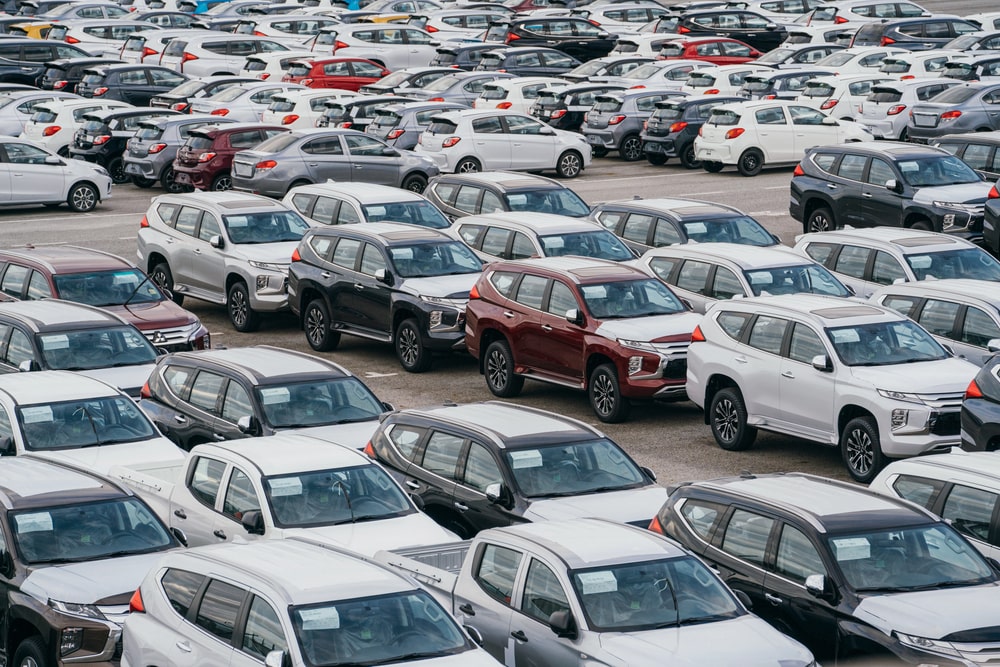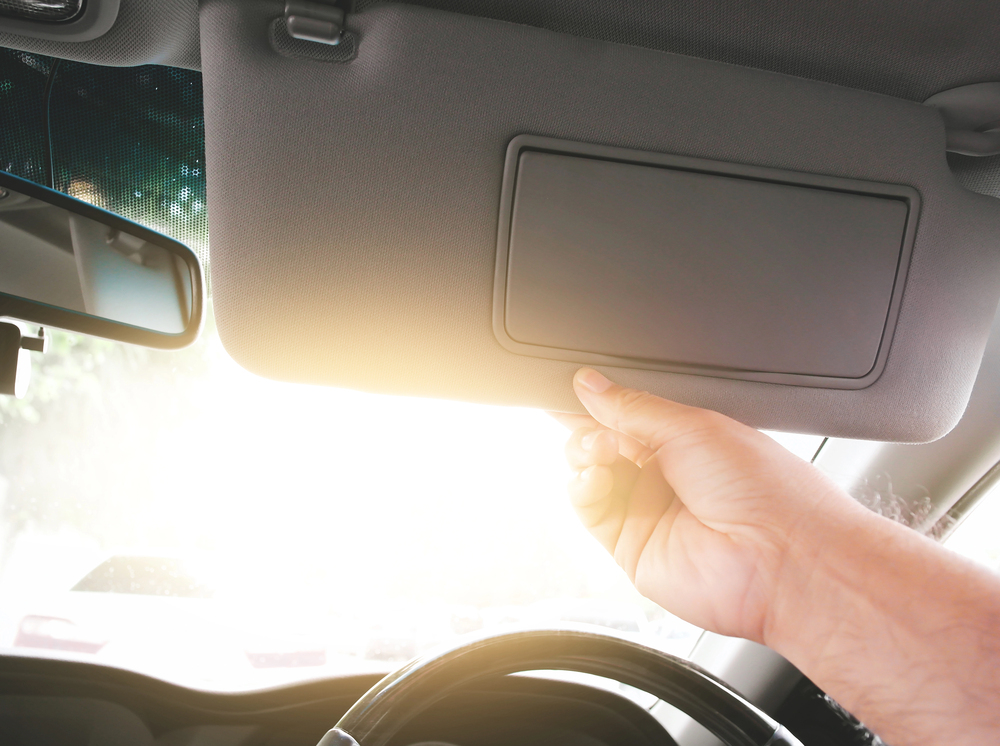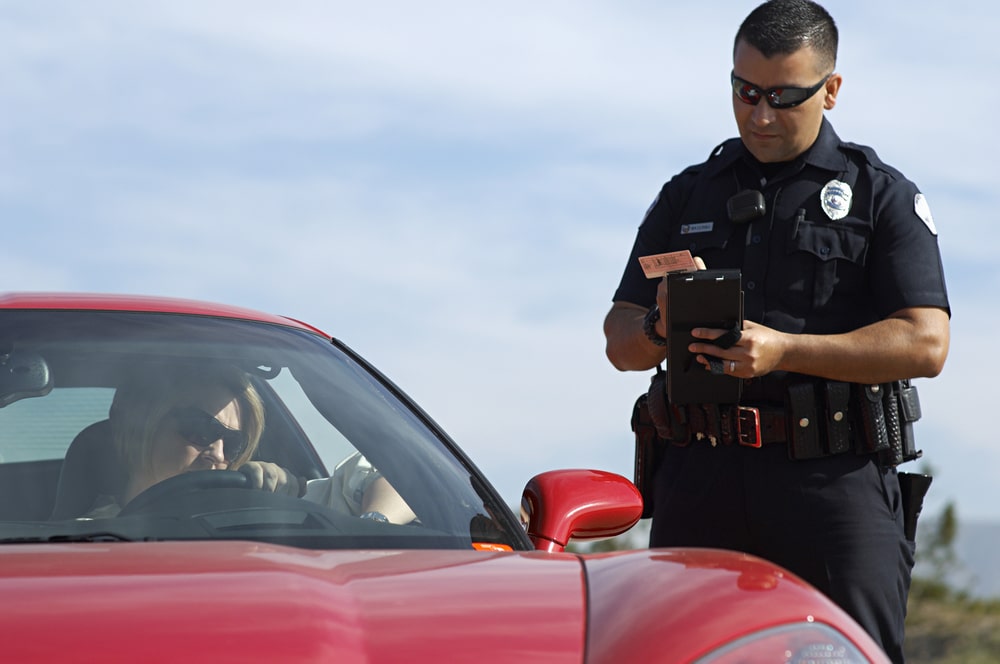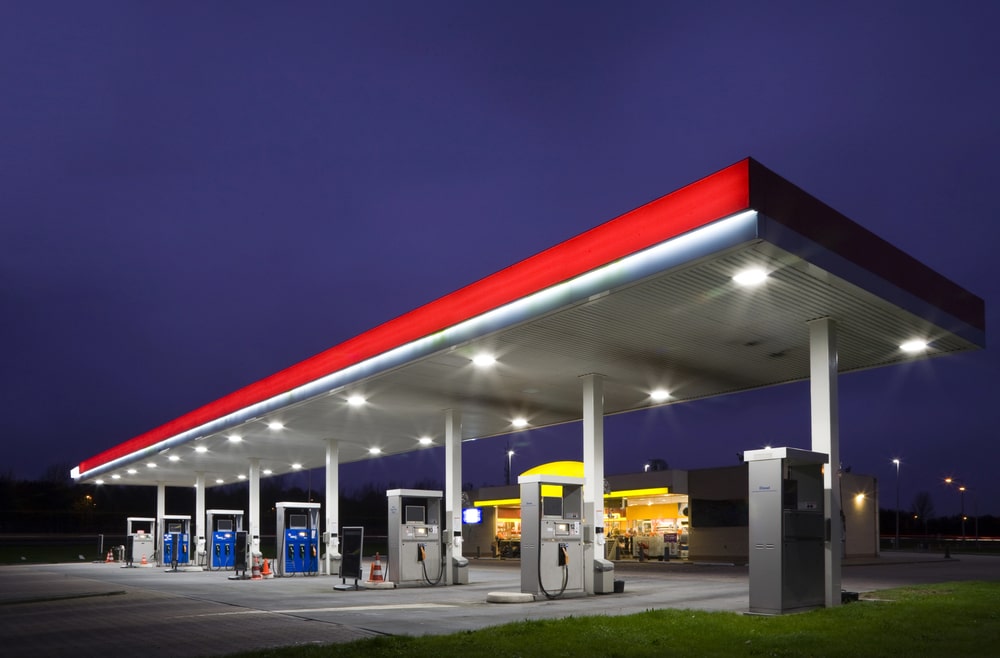What is the best time to buy your next car?
Justin S
Created by: Sep 24, 2025
|
Modified by: Nov 07, 2025

While buying your next car can be an exciting and rewarding process, whether you get a good deal or not will highly depend on timing. With inflation on the rise and living costs reaching all-time highs, a lot of us are trying to find ways to save, especially on big purchases. Whether you are on a tight budget or trying to maximize your dollar’s reach, it is vital to know when to make your move, as it can make all the difference. From seasonal price fluctuations to market conditions, there are several factors that can work in your favor. Here’s a guide to help you find the best time to buy a used car, along with tips to ensure you get the best deal.
1. Best Time: Winter Months—When Inventory Slows & Prices Drop
The winter season is often the best time to buy a car. Dealerships and private sellers struggle selling cars during the winter months. Especially during the colder months, car dealerships experience reduced foot traffic as people are less likely to go out for car shopping. Additionally, many consumers prefer buying new cars during warmer seasons, so demand for vehicles takes a significant drop off. To compensate for slower sales, private car sellers and dealers often lower prices on used cars to clear out their inventory. This creates a perfect opportunity for buyers to find a quality used car at a discounted rate. Furthermore, the cold weather may deter your competition, as potential buyers are less likely to travel out of their way during the winter months. This leaves a better selection in inventory available for those who are ready to purchase off-season.
2. The 60-Day Rule: Why Dealers May Offer Better Deals on Inventory that has been sitting around for over 60 days.
Along with shopping for a car off-season during the winter months, another strategy to consider is focusing on cars that have been sitting on a dealership lot for over 60 days. Dealers have various costs associated with keeping a car on the lot, including cleaning, insurance, lot fees, maintenance and the biggest cost of all: opportunity cost. That car that is sitting on the lot is not selling; it is taking up the space that could be potentially used by a more desirable vehicle that would sell faster.
After a car remains unsold for an extended period of time, most dealers may become more motivated to sell it quickly to reduce these ongoing expenses. As a result, they may lower the price or offer additional incentives (such as extended warranties or financing deals) to move the car off the lot. By targeting cars that have been on the lot for over two months, you’re more likely to find a deal that’s even more attractive than those on cars with shorter stay times.
3. Current Market Conditions: Soft Market = Buyer’s Advantage
Currently, due to the shift in American foreign policies, tariffs, and ramped inflation, the car market is experiencing a decline often referred to as a soft period, which has transformed into a buyer’s market. As a direct result of this soft period, dealerships have increased inventory due to people holding onto their cars longer, reduced demand for new cars, and more dealerships competing for customers. In a buyer’s market, dealers have more inventory than they can sell quickly, so they’re more willing to negotiate prices, offer incentives or accept lower trade-in values. This environment gives buyers more leverage, allowing them to find better deals, negotiate more effectively and choose from a wider selection of vehicles.
4. Buy the undesirable option
This option is not for everyone; if you are not very particular about your vehicle’s exterior and interior color and can be flexible on the options the vehicle comes with, you may be able to snag a car for cheap. While there are many options of vehicles around, a dealer may be more willing to offer additional discounts on vehicles with undesirable color combos or trim packages. This may go hand in hand with the strategy of buying a car that has been sitting on the dealership lot for over 60 days, as in many cases the reason that specific vehicle is not a good seller has to do with the fact that it has an unpopular color combo or options.
For example, if you are in the market for a Jeep Grand Cherokee in states like California, which does not see much snow and you do not intend to take the vehicle off-road, you may be better off buying a rear-wheel-drive Grand Cherokee from a state that gets snow as that vehicle will be considered highly undesirable in a state like New Hampshire, where all wheel drive vehicles are preferred.
Timing your next car purchase is crucial. Buying during the winter months when prices drop and inventory slows can save you thousands of dollars. Additionally, focusing on cars that have been on the lot for over 60 days and taking advantage of the current soft market can further enhance your savings. Remember, the key to a successful used car purchase is thorough research, patience, and knowing your options. With the right approach, you can find a quality used car that meets your needs without breaking the bank.





